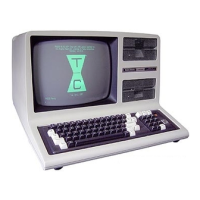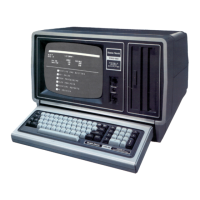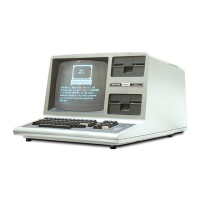For example:
123001
1
-7.3214E
+ 6
are all numeric data.
Rule 3
Whole numbers
in
the range of - 32768 to 32767 are integers.
For example:
12350
-12
10012
are integer constants.
NOTE: If you enter a number as a constant
in
response to a
command that calls for
an
integer, and the number is out of integer
range, BASIC converts the number to single or double precision.
When the number
is
printed, it appears with a type-declaration tag at
the end.
Rule 4
If
the number
is
not
an
integer and contains seven or fewer digits, it
is
single precision.
For example:
1234567
-1.23
1.3321
are all classified as single precision.
Rule 5
If the number contains more than seven digits, it is double precision.
For example, these numbers:
1234567890123456
-
1000000000000.1
2.777000321
are all classified
as
double precision.
Type
Declaration
Tags
You
can override BASIC's normal typing criteria
by
adding the
following "tags"
at
the end of the numeric constant:
! Makes the number single precision. For example,
in
the
statement:
2-33

